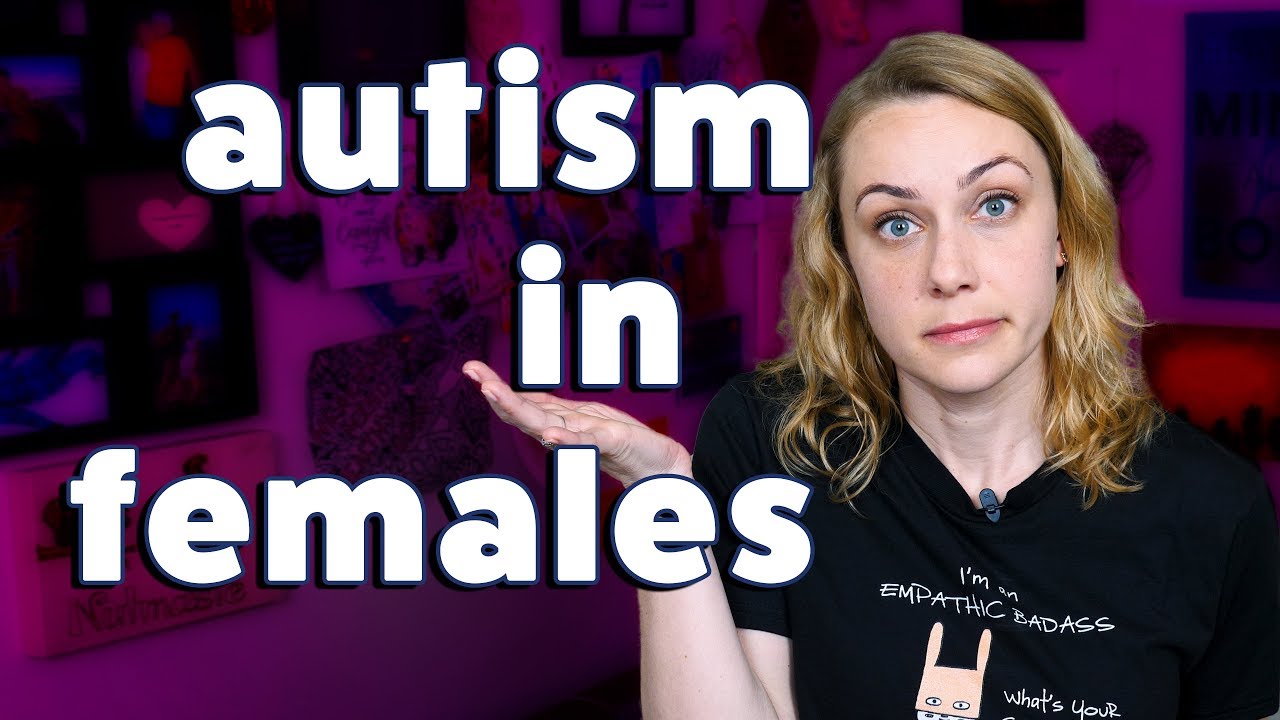In case you weren’t aware, Autism Spectrum Disorder (or ASD) affects 1 in every 68 children, and are much more commonly diagnosed in boys. Some studies show that boys are four times more likely than girls to have an ASD, but new research suggests that it may appear differently in girls, and therefore go undiagnosed or possibly be misdiagnosed as something entirely different.
The criteria for diagnosing autism spectrum disorder (ASD)—a developmental condition that is marked by social and communication difficulties and repetitive, inflexible patterns of behavior—are based on data derived almost entirely from studies of boys. This lack of data surrounding how ASD may affect a female has lead to years of misunderstanding and misdiagnosis, especially for those girls on the higher functioning end of the spectrum. Research has shown that females who received a diagnosis of ASD at a very young age were much more affected by the ASD than their male counterparts. They showed lower IQs and extreme behavioral problems, whereas the boys who were diagnosed did not have to be so severe to get proper treatment.
In a very recent study (2016) they found that even the way that the brain processes social information is different based on the sex of the child. Boys with ASD use certain portions of their brain to manage social situations, and those regions are different than boys without ASD, so seeing those parts of their brain light up during a social interaction was an easy way to diagnose. However, in girls with ASD it’s not like that. In a girl with ASDs brain, it lights up in the same way that a non ASD boy’s would.
Why is that? We don’t know, and they are doing follow up research on this interesting finding right now, but this has already been supported by a completely different study conducted in Australia on 25 boys with ASD and 25 girls with ASD. Researchers believe that this occurs because of our sex hormones. We already know that men and women are very different, but maybe we don’t fully understand just HOW different we are.
They also believe that girls as much better at noticing and mimicking behavior, and will work really hard to appear completely “normal.” Therefore in order to properly diagnose a girl with ASD you will need to not just observe them, but also talk with them about their personal experience with socializing or managing change.
They also find that boys with autism are not really interested in socializing and when asked will report that they don’t really care if they have any friends. Girls on the other hand, do care, and show a much greater desire to connect.
They also found that girls with ASD don’t tend to have as much repetitive behavior as the boys, and many of their pastimes and interests are similar to other girls without ASD.
Last, they share that girls with ASD tend to be viewed as too much. Meaning they are often too intense, too sensitive, or too rigid.
Many girls have been diagnosed with OCD, ADHD, and even anorexia instead of ASD like they should have been. Anorexia in the female ASD population is much higher than non ASD girls, and they believe that many of the symptoms and profiles of the 2 diagnosis work together. Meaning that the rigidity, focus, and detail oriented nature of both ASD and eating disorders can mean that EDs are the way that ASD can show itself in the female population.
They also find that females with ASD (since they tend to take things literally and are direct) they can more easily fall victim to sexual exploitation (such as assault, abusive relationships, etc). They say this especially for females because just as we discussed earlier, they want connection, and are aware of their their struggle to make friends and build relationships. So they may be with someone just because they show them a little attention, or even if that attention isn’t kind or loving. So be careful.
